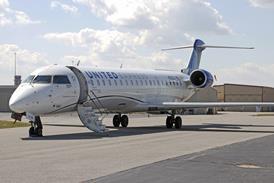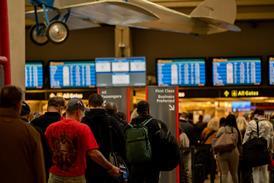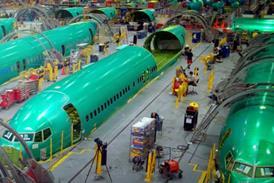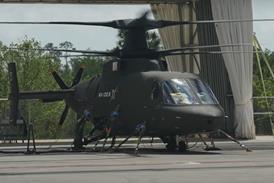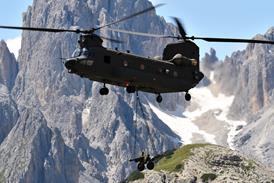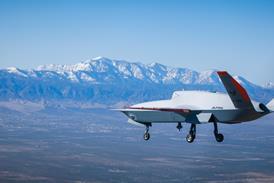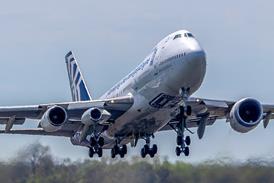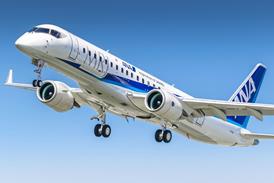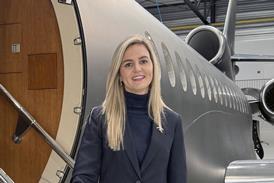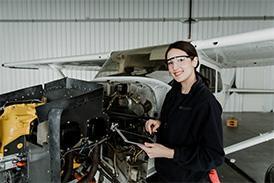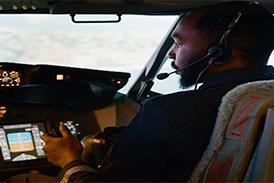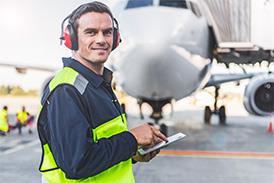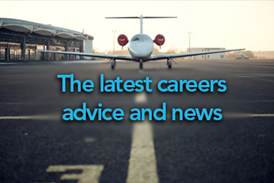The Air Line Pilots Association (ALPA) top safety official has echoed recent statements by FAA administrator Randy Babbitt that airline pilots may need to spend more time hand-flying aircraft to stave off the impacts of automation.
"There are several accident cases where you can look back and see erosion of basic flying skills," says Rory Kay, ALPA's executive air safety chairman.
Kay was speaking at a press conference today in Washington, DC, where the union announced its top safety priorities for the year. Included are calls to shift to a "trust-based" passenger screening system, improving qualifications and training for pilots and combating pilot fatigue.
The meeting comes in advance of a 2 February US National Transportation Safety Board (NTSB) final hearing into the crash of a Colgan Air Q400 near Buffalo in February 2009.
Based on previous meetings, the NTSB's recommendations will likely include calls to bolster existing programmes in the same three areas, all of which the US FAA is also working to address, both internally and in response to pressure from lawmakers.
"Colgan was a recognition that there are issues to address," says ALPA president John Prater.
Included in ALPA's shopping list of concerns is that an increased reliance on automation and autopilots is causing pilots to lose basic aircraft handling skills. Babbitt earlier this month said he would bring airlines and human factors experts together this spring to discuss the issue, noting that "several airlines" had told him they were changing operational procedures to call for "a little more hand flying".
United Air Lines has had such guidelines in place for years, says Kay, a pilot for the carrier. Kay says United "actively encourages" pilots to hand-fly whenever possible through verbiage in the flight operations manual.
"They understand that basic skills are eroding," he adds. The practice varies by carrier, with some recommending pilots to engage or disengage the autopilot system as low as 1,000ft (305m). Kay says he typically hand-flies the aircraft below 18,000ft (5,486m).
ALPA priorities in the security area include encouraging the US Transportation Security Administration (TSA) to move toward a passenger screening process that "identifies people who pose no threat and quickly move them through screening", says the union's national security committee chairman Rob Powers.
Passengers "in whom we cannot place the same trust" would get more initial screening, he adds.
ALPA is also urging the TSA to develop standards for secondary cockpit door barriers that would be installed between the forward galley and cockpit, allowing pilots with a more secure way to use aircraft lavatories.
United has equipped some of its aircraft with 7-wire cable barriers that stretch across the cabin. "It would take more than 7 seconds to breach the gate," says Prater, "which would give pilots enough time to close the cockpit door".
Regarding new flight and duty time, Prater says any new regulations must be based in science, must apply evenly to passenger and cargo aircraft, for both domestic and international operations, and must include a fatigue risk management system.
Source: Air Transport Intelligence news

